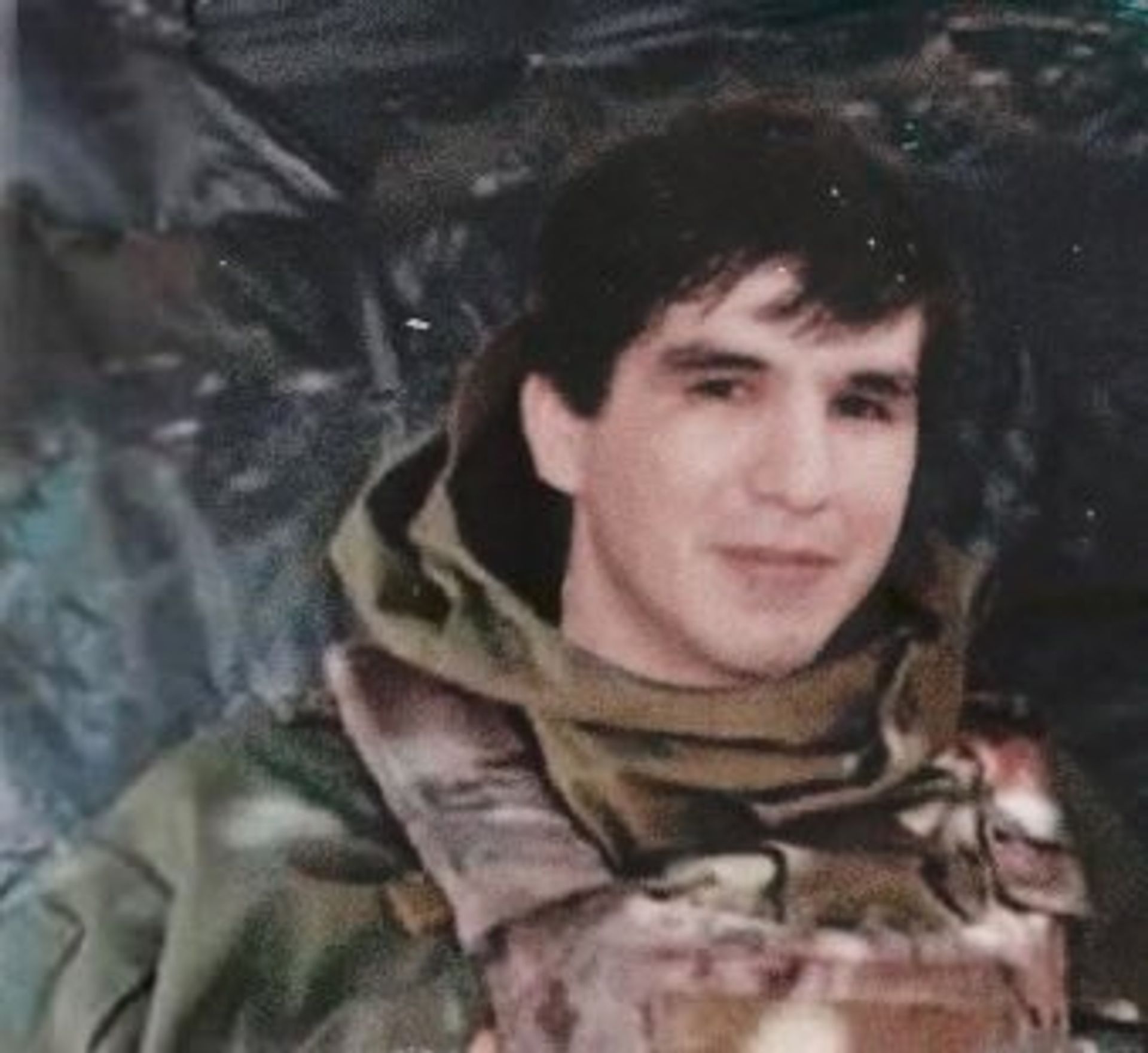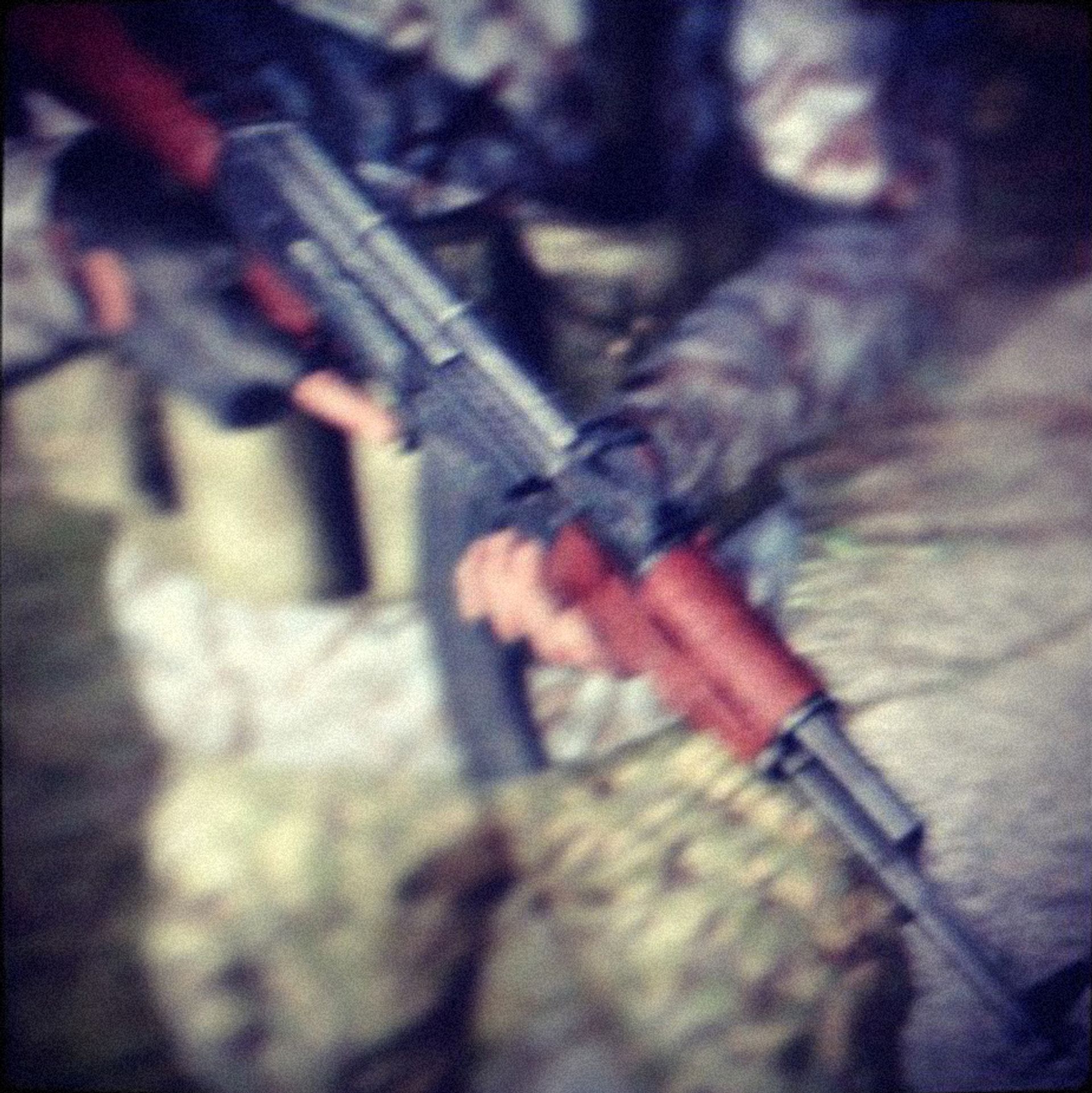Seven ways to spot fake photographs of the war in Ukraine
The Ghost of Kyiv is an ace fighter pilot dominating the skies above Ukraine—but does he exist? Here's how to stay ahead
Image widely shared on social media, including by the former Ukrainian president, claiming to be the Ghost of Kyiv, an ace fighter pilot who downed six Russian aircraft in 30 hours.
On Friday 25 February, Petro Poroshenko, a former Ukrainian president, tweeted from his official account a photo he claimed to be the ‘Ghost of Kyiv’. The image showed an MiG-29 fighter pilot in his cockpit, his visor concealing his face, his thumb raised to the camera.
On 27 February, the Ukrainian government’s official account followed up with a flashy, Twitter-optimised video lionising the ghost. Overlaid with a crunching soundtrack, the tightly edited clip purports to show footage of the anonymous pilot as he shot down six Russian military aircraft. The pilot did so, the clip claims, in the first 30 hours of the invasion.
Although the video briefly acknowledges the ghost’s exploits are unverified, the message remains clear. It ends with: “Ukrainians are grateful to this hero with brass balls who’s having Russian aircraft for breakfast. God speed and happy hunting.”
Shortly after, the Ukrainian ministry of defence chimed in, hailing: “The air avenger on the MiG-29, which is so often seen by Kyivites!”
Over the course of the weekend, this video and further apparent footage of the Ghost racked up multiple millions of views and hundreds of thousands of shares. But does the Ghost exist? And, even if he does, are his heroic exploits real?
The image Poroshenko shared, it turns out, appears to have been taken from a 2019 article about Ukrainian pilots testing new helmets whilst one of the most widely shared videos of the ghost came from a popular flight simulator game.
In 2013, a few months before Russia invaded Crimea, I created a photography series about a fictional Russian invasion of an Eastern European country. All the imagery was taken from a video game. The project was meant to explore how fake news operated. When I showed the project to a colleague—an experienced conflict photographer—he thought they were real photographs, taken in a war zone. I had to shelve the project; it didn’t feel responsible to critique disinformation whilst potentially adding to it.
It was an important lesson. Not all examples of misinformation are the work of malign actors or bots created in troll farms. Oftentimes, people are simply looking for a rousing story, and are keen to share one with their followers.
But spreading misattributed photographs and fake stories makes it harder to find and share important and verifiable photographs and video of events. Even in normal times, social media is constantly awash with spurious stories and misattributed imagery. But, during a conflict like the one in Ukraine, both the quantity and implications of misinformation increase massively.
And that presents us, the watching public, with a great challenge. But we can at least test whether the images we are about to share are truthful. Anything else is a disservice to the people of Ukraine.
Here are seven ways to help to verify what you are looking at:
1. Does it seem too good to be true?
Confirmation bias is the very human tendency to search for things that support what we believe. But confirmation bias is also the enemy of reliable online information, particularly in a conflict.
Stories like the Ghost of Kyiv appeal to what many of us want to believe; brave Ukrainian defenders valiantly fighting against overwhelming odds. But that desire to believe makes us vulnerable to sharing material without questioning their truth. The Ghost of Kyiv may exist, but misattributed photographs and video claiming to show him don’t necessarily prove it.
Be aware of content that cleaves too closely to your own beliefs, for it may have been packaged for you and targeted to reach you.
2. Trust your instincts and look closer if in doubt.
Focus on elements away from the main subject. Ask yourself if anything in the background or at the edges of the frame contradicts what the photograph or video claims to show. Often, small details reveal that an apparently honest document is not what it seems.
In one of the most widely shared Ghost of Kyiv videos, it seems there's little visible to judge. But we can still question certain details. One thing we can check is the shape of the plane in the footage, which on this occasion does appear to be an MiG-29, one of two fighter jet types operated by Ukraine. But, in other examples of disinformation, military hardware that has never operated in the nation state involved has nevertheless appeared in the footage.
Another feature we can inspect are the bare trees in the foreground; the branches are distinctly angular in a way real life-foliage tends not to be. Details like this should encourage further caution and examination.
As it turns out, this piece of video was produced in DCS, a popular flight simulator game, and was originally posted to YouTube as a tribute to the Ghost, before being repurposed and circulated online as genuine footage. The footage is purposely miscaptioned and therefore fabricated.
3. Do a reverse image search.
A reverse image search is a way of locating other online usages of the same image. This can be done through Google image search or with the Russian search engine Yandex. Plugins for browsers like Firefox are also available to make it as simple as right-clicking on a photograph.
When you do a search, you’re trying to work out whether this image has been used in other contexts. If the image has been used elsewhere, how has it been used?
It’s not uncommon to find 'war images' that are actually lifted from gaming sites or action movies or turn out to have been taken during a completely different conflict.
In the case of the Ghost of Kyiv, at least three of the photographs circulating online—including the one originally posted by Poroshenko—appear to come from a 2019 article about Ukrainian pilots testing new helmets.
While that doesn’t rule out the possibility that the same pilot who tested those helmets is also the Ghost, it seems unlikely. This sort of misattribution of images is often a hallmark of disinformation.
4. Look for signs of photomanipulation
Does anything in the photo suggest it might have been tampered with using image manipulation software?
Alongside the footage of the Ghost of Kyiv in flight, a photograph of a young man in combat fatigues began to circulate. This man, we are told, is the true identity of the famed Ghost in the skies. Close inspection shows unnaturally jagged lines around the edge of his neck, indicating his head has been cut from another photograph and superimposed with post-production software.
A reverse image search of the superimposed face results in images of an older man who looks uncannily like the man in the manipulated image. The new face belongs to an Argentinian lawyer called Pablo Abdon Torres. Torres is evidently aware of the apparent misuse of his image; he has named his Twitter account “El Fantasma de Kiev”.
The background of the 'portrait' of the Ghost of Kyiv is also traceable. It is from a photograph of a deceased Ukrainian soldier, Vitaliy Skakun Volodymyrovych, who reportedly died blowing up a bridge to prevent the Russian advance.
A portrait of a man in fatigues claiming to be the true identity of the Ghost of Kyiv, but has infact been taken from the archive of an Argentinian lawyer and superimposed.
5. Search for key names or terms in the accompanying text of the image.
Searching in Google and putting quote marks around your search term—for example “forename surname”—will then return exact matches, which can be helpful when looking for names.
In the example of the Ghost of Kyiv, "Vladmir Abdonov" has frequently been cited online as the real name of the pilot in question. Search for this name and you currently only get eight results—all references to the legend of the Ghost of Ukraine, and none older than a few hours. While it’s possible that the pilot has no presence online, it seems unlikely.
But there’s an important caveat to consider in any conflict—and that’s one of language. Ukraine, in this case, has a multitude of spoken languages and largely uses two alphabets—Cyrillic and Latin. That results in different possible spellings of names in Russian and Ukrainian. Google translate can be a useful tool here, particularly as it can translate entire websites, but it’s never going to be a replacement for actually speaking the language.
6. Be wary of low-quality imagery and video.
There’s a tendency to more readily believe low-quality material. In fact poor-quality content makes it harder to judge what you’re looking at.
The series of images I made depicting a Russian invasion of a fictional Eastern European country, which I mentioned above, were all produced in a video game. They fooled everyone who saw them. The experience illustrated how ready we are to take low quality imagery at face value.
Image of an invented Russian conflict taken from a video game © Lewis Bush, courtesy of the artist
7. Follow and support the work of factual organisations.
Credible organisations exist that are actively working to debunk misinformation online. Not only do they provide an important public service, but we can learn a great deal from their explanations of how they have debunked specific examples.
A few to follow include the Netherlands-based Bellingcat, who are currently compiling a list of debunked stories circulating on social media. Organisations like the British Centre for Information Resilience in the UK and the Kyiv Independent in Ukraine are also engaged in important work.
Follow and support these organisations to ensure a truthful and accurate understanding of the Ukrainian conflict as it continues to unfold.
• Lewis Bush is a photographer, researcher and academic. He is the leader of the MA Photojournalism and Documentary Photography course at London College of Communication, University of the Arts, London, and a PhD student at London School of Economics, department of Media and Communications, where he is researching the impact of artificial intelligence on photojournalism. He runs online workshops on topics including online research and verification.




No comments:
Post a Comment